My neighbor used to have the most delicious-smelling honeysuckle bush right up against her house, and the bees loved it! She eventually cut it out because it got too unruly, but I was always fascinated at how many bees hovered around that bush. I could hear them humming all summer long.
When I came up with my concept for “The Honeybee Sisters” series, I thought it would be so fun if the Christner sisters in my stories were beekeepers, but I didn’t expect to fall in love with bees while doing my research. I read books and watched youtube videos. 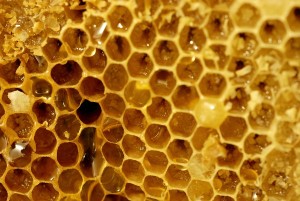 I visited an apiary—the fancy term for a group of beehives—wore the bee suit, learned how to light a smoker, and stood cautiously close as the beekeeper pried frames from the supers and showed me his bees.
I visited an apiary—the fancy term for a group of beehives—wore the bee suit, learned how to light a smoker, and stood cautiously close as the beekeeper pried frames from the supers and showed me his bees.
Bees are amazing creatures. The average worker bee makes 1/12 of a teaspoon in her lifetime. Bees must visit two million flowers and fly 55,000 miles to produce a pound of honey. One bee colony can produce 60 to 100 pounds of honey every year.
But bees are in trouble. Did you know that one out of every three bites of food you take depends on a pollinator? According to the Pollinator Partnership, the U.S. has lost over 50 percent of its managed honeybee colonies in the past 10 years. Colony collapse disorder (CCD) is a serious problem. Many plants, including fruits and vegetables, need pollinators to grow properly.
If the bees die, the human race isn’t far behind.
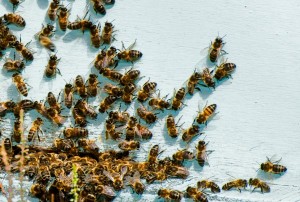
Here are three things that you can do to help the bees thrive in your area:
Walk on the wild side. Bees love wildflowers. In Sweet as Honey, the Honeybee sisters’ Aunt Bitsy is very protective of her flowers, particularly the dandelions. Bees love dandelions, but since humans don’t, they’re scarce in urban and suburban areas. So if your neighbor has a yard full of dandelions, you can thank her for helping the bees. I feel much better about the weeds taking over my backyard knowing that the bees are happy.
Give them some love. There are flowers and trees that provide bees with pollen and nectar to forage. But you don’t have to surrender your nice, green lawn. There are lots of beautiful flowers you can plant. There are some good suggestions here: www.birdsandblooms.com/gardening/garden-bugs/top-10-flowers-that-attract-bees/
Get a little closer nature. Be careful how you use pesticides. Thousands of bees are killed every year by pesticides. Last year after learning about bees and bee colonies, I decided to forgo the four-times-a-year pest control spray around my house. We definitely have more spiders, but the bees are better off.

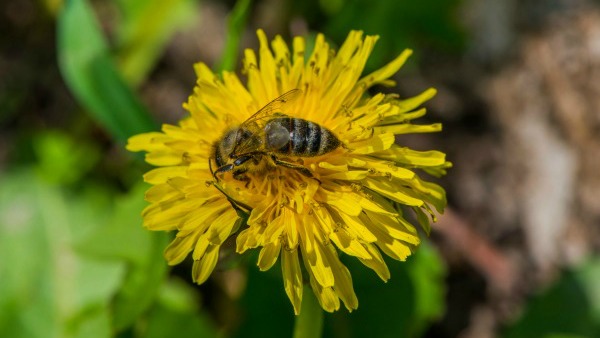
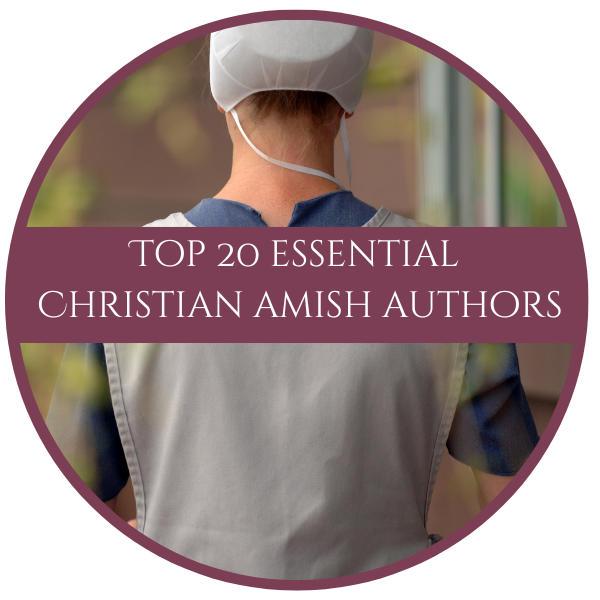


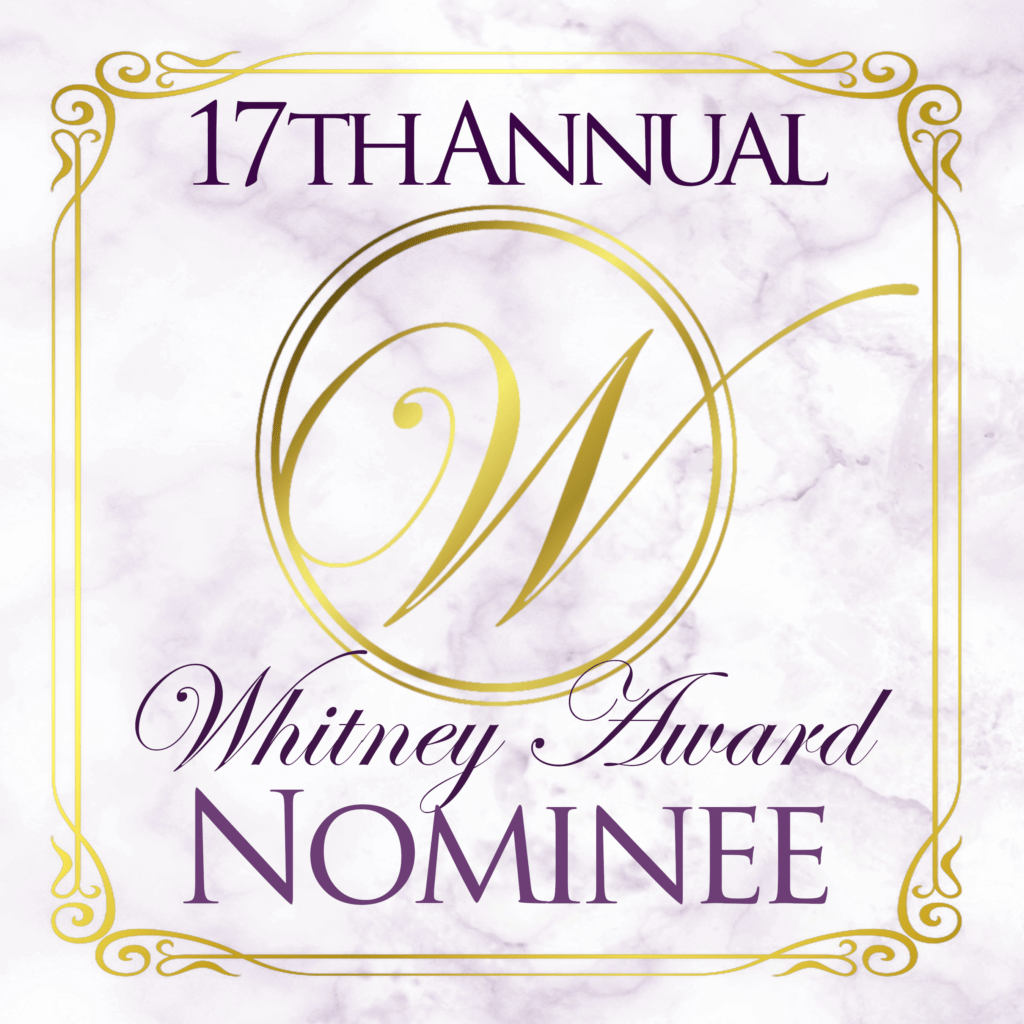
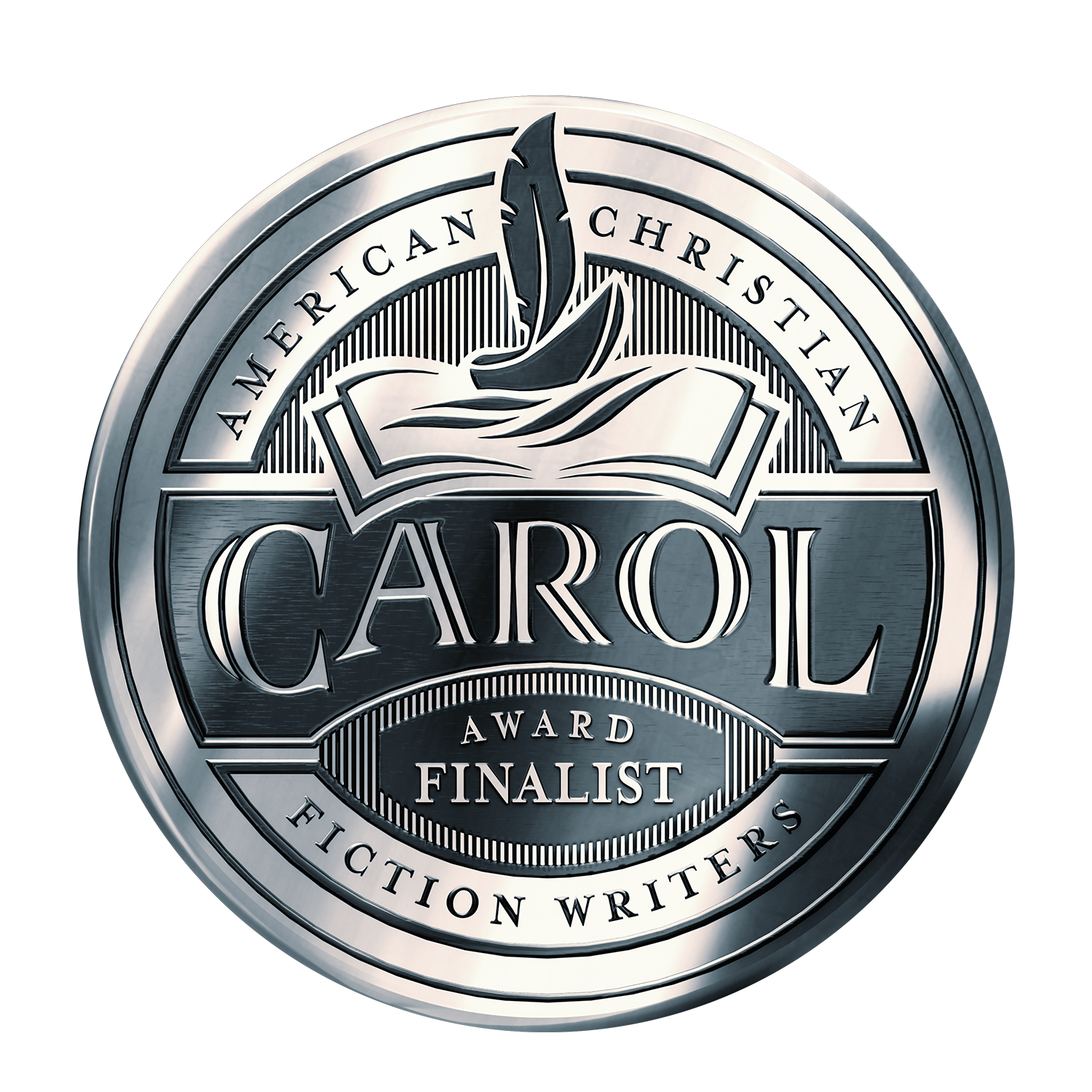
Just planted a garden especially helpful for bees and love my dandelions!! Thanks for sharing and promoting health for the bees!
That is wonderful! I have been noticing the alarming lack of bees in my area. I don’t know that I’m ready to keep bees just yet, especially on my very small property, but I am concerned. Planting something the bees like is at least something. 🙂